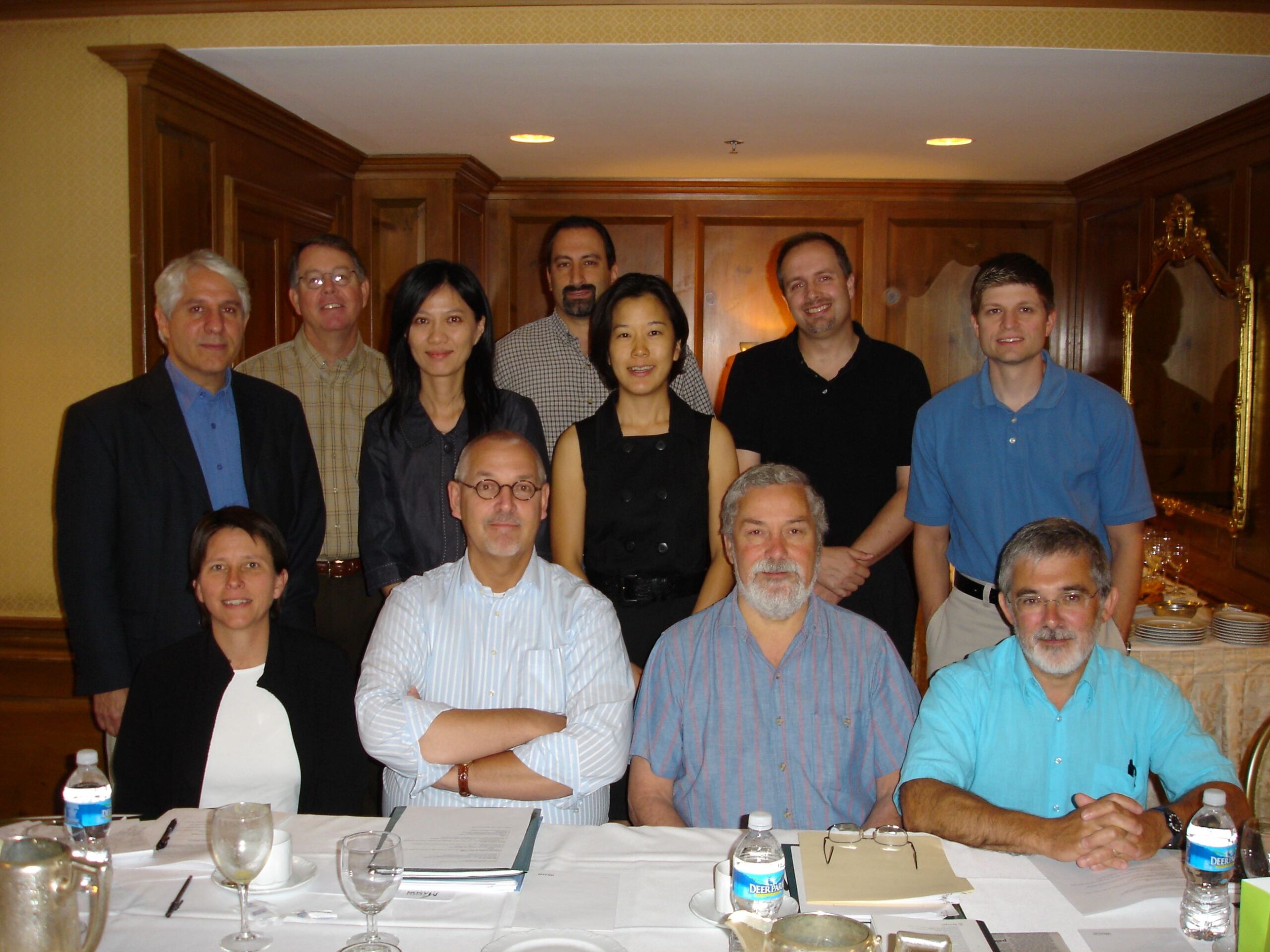Crime and Place
Home ›
Place: An Important Unit of Analysis
Research shows that crime is highly concentrated in very small geographic places, such as street segments, and that focusing criminal justice efforts at such places benefits crime prevention and communities. Furthermore, other social phenomena also cluster at small places, suggesting a role for partnerships between justice agencies, social service providers, and “micro-communities” in helping to prevent crime and increase social cohesion and informal social control.
Despite a growing scientific base, there remain gaps in our knowledge of crime and place and the nature of micro-communities. Faculty and students within the CEBCP work to identify areas of significant research promise and practical crime prevention and social benefits. CEBCP has also created the Crime and Place Working Group (CPWG), an international collaborative of crime and place scholars dedicated to the advancement of this line of research.
The current co-chairs of the CPWG are Martin Andresen and Liz Groff.
Crime and Place Working Group
Chairs:
- Martin Andresen, Simon Fraser University
- Elizabeth Groff, Temple University
Members:
- Martin Andresen, Simon Fraser University
- Kate Bowers, UCL Jill Dando Institute of Crime Science
- Anthony Braga, University of Pennsylvania
- Jim Bueermann, Future Policing Institute
- Beidi Dong, George Mason University
- John Eck, University of Cincinnati
- Charlotte Gill, George Mason University
- Elizabeth Groff, Temple University
- Cory Haberman, University of Cincinnati
- Tamara Herold, University of Nevada, Las Vegas
- Julie Hibdon, Southern Illinois University Carbondale
- Josh Hinkle, Georgia State University
- Tarah Hodgkinson, Wilfrid Laurier University
- Shane Johnson, UCL Jill Dando Institute of Crime Science
- Christopher Koper, George Mason University
- Kiseong Kuen, Griffith University
- Brian Lawton, John Jay College of Criminal Justice
- Cynthia Lum, George Mason University
- Daniel O'Brien, Northeastern University
- Lauren Porter, University of Maryland
- Jerry Ratcliffe, Temple University
- Rachel Santos, Radford University
- Roberto Santos, Radford University
- Wouter Steenbeek, The Netherlands Institute for the Study of Crime and Law Enforcement
- Cody Telep, Arizona State University
- Clair Uding, University of Wyoming
- David Weisburd, George Mason University
- Sue-Ming Yang, George Mason University
In Memoriam:
- Gerben Bruinsma, Netherlands Institute for the Study of Crime and Law Enforcement (NSCR) and VU University

